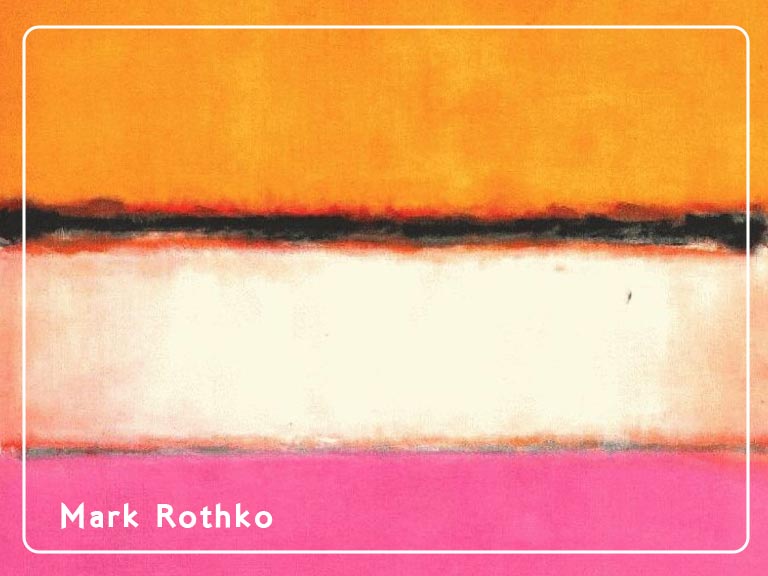Mark Rothko, a prominent figure in abstract expressionism, revolutionised the art world with his iconic colour-field paintings. Born on September 25, 1903, in Dvinsk, Russia (now Daugavpils, Latvia), Rothko’s artistic journey led him to create deeply evocative and emotionally charged artworks.
Rothko’s family immigrated to the United States in 1913, settling in Portland, Oregon. He showed early artistic talent and pursued his passion by studying at various art schools, including the Art Students League in New York City. Rothko’s early works displayed influences of Surrealism and Symbolism before he embarked on his signature style of abstract expressionism.
Rothko’s artistic philosophy was deeply rooted in the belief that art should communicate emotions and spiritual experiences. He sought to create an intimate and immersive experience for viewers, using colour and form to evoke profound emotional responses. Rothko’s career spanned several decades, and his artistic journey was marked by a relentless exploration of colour, shape, and composition.
“No. 14” (1960):
“No. 14” is an exemplar of Rothko’s color-field paintings, characterised by large, rectangular forms and vibrant hues. This particular piece, part of Rothko’s mature period, showcases a harmonious arrangement of intense reds, contrasting with deep purples. “No. 14” invites viewers to immerse themselves in the intensity and emotional depth of colour. It can be viewed at the Museum of Modern Art (MoMA) in New York City.
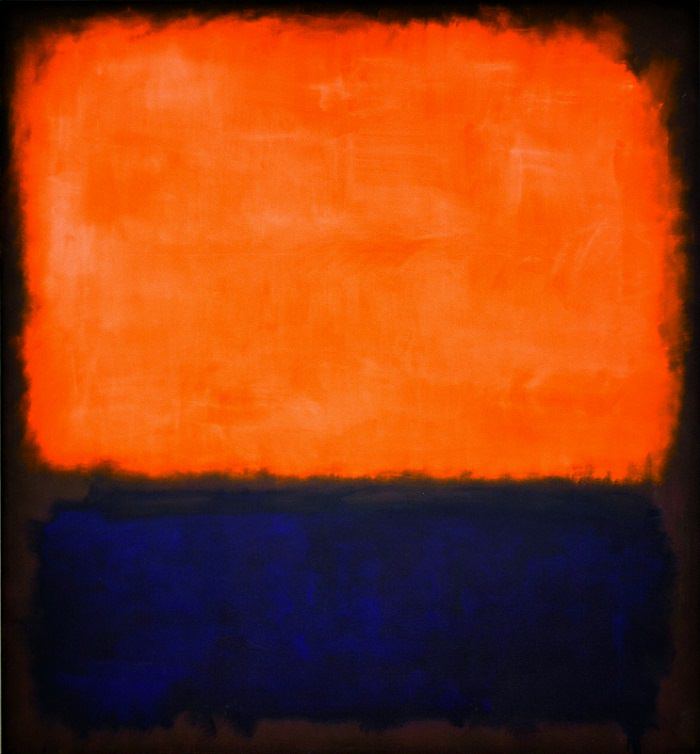
“White Center (Yellow, Pink, and Lavender on Rose)” (1950):
“White Center” is an iconic work that demonstrates Rothko’s mastery of colour and its expressive potential. The painting features a central rectangle, enveloped by layers of delicate pinks, yellows, and lavenders against a rose-colored background. This piece, held at the Art Institute of Chicago, epitomises Rothko’s ability to create a contemplative and meditative experience through colour and form.
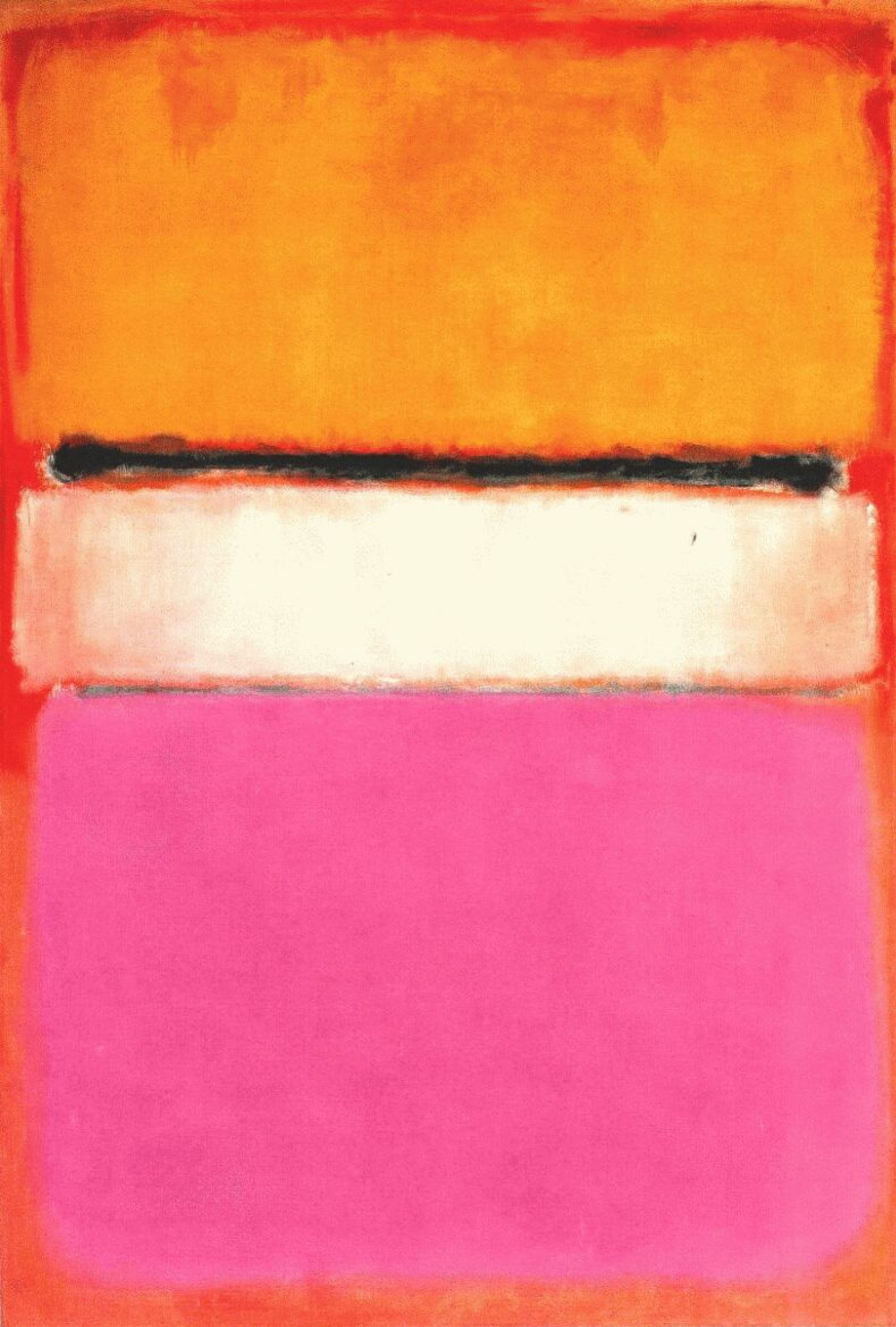
“Orange and Yellow” (1956):
“Orange and Yellow” exemplifies Rothko’s minimalist yet powerful approach. This painting consists of two expansive rectangles of vibrant orange and yellow, subtly intersecting at the center. The simplicity of composition allows viewers to focus on the intensity and luminosity of color. “Orange and Yellow” can be admired at the Tate Modern in London.
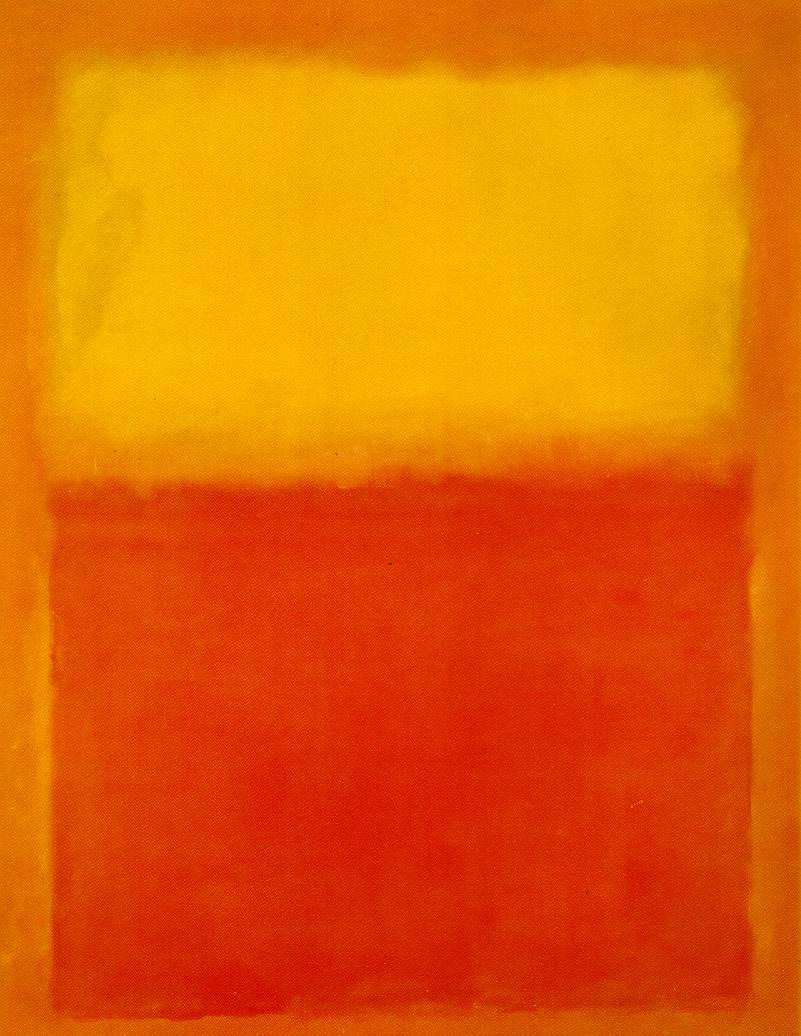
“Untitled (Black on Grey)” (1970):
“Untitled (Black on Grey)” reflects the evolution of Rothko’s style in his later years. This painting consists of two dark, rectangular forms set against a subdued grey background. The stark contrast of black against grey creates a sense of depth and contemplation. “Untitled (Black on Grey)” is part of the collection at the National Gallery of Art in Washington, D.C.
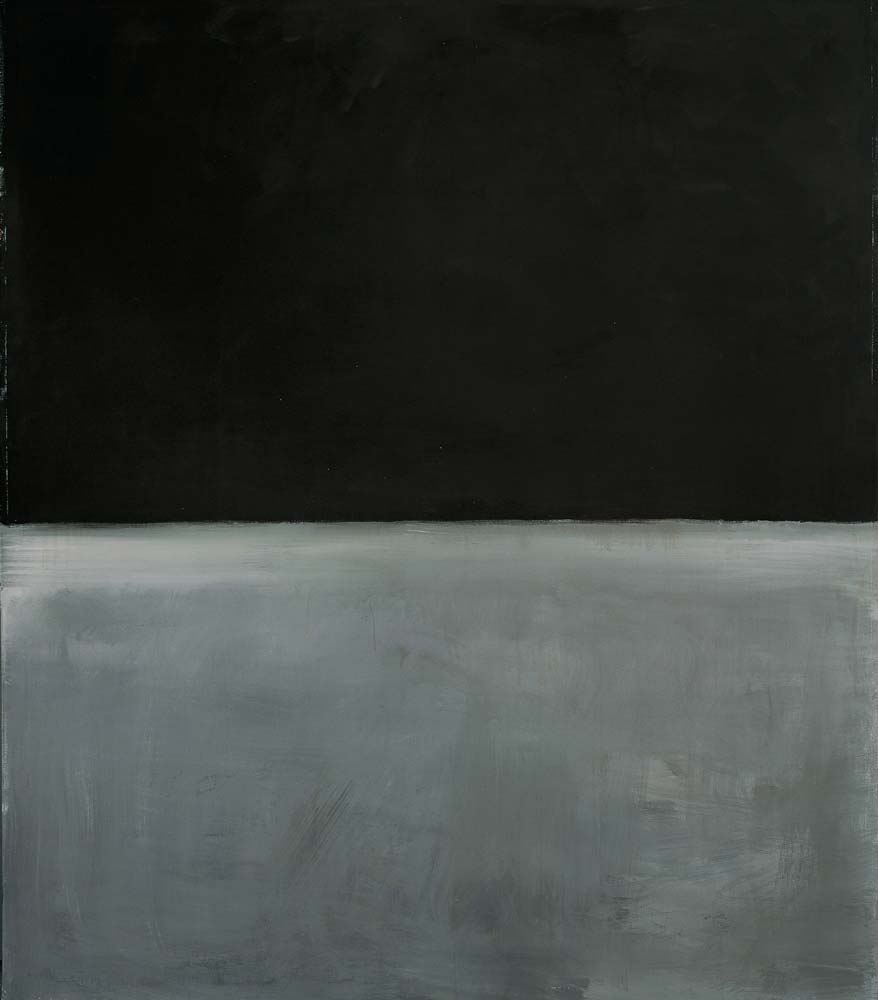
Mark Rothko’s artistic legacy lies in his ability to transcend the boundaries of traditional representation and evoke profound emotional experiences through colour and abstraction. His paintings continue to captivate audiences, inviting them to delve into the depths of their own emotions and contemplate the human experience. Rothko’s contributions to the art world, characterised by his exploration of colour, form, and spirituality, have solidified his place as one of the most influential artists of the 20th century.
Mark Rothko’s profound impact on the art world stems from his ability to harness the power of colour and form to evoke emotional and spiritual responses. Today, his masterpieces can be admired in renowned museums around the world, where viewers can immerse themselves in the emotional and sensory richness of Rothko’s color-field paintings.
If you would like to receive a roundup of all of our blog posts once a week to keep you inspired in your inbox, why not sign up to our newsletter. You can access our sign up at the top of our page. If you are a London Art College student and you would like your artwork featured here, drop us a line at any time.

